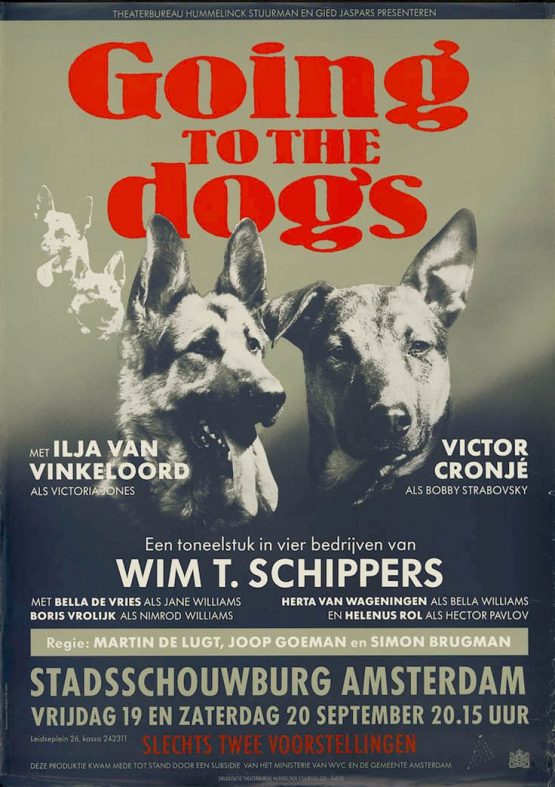
Performance art. It can generate every kind of reaction including eye rolls from people who’ve sat through a baffling staging, to appreciative nods by those aware of its importance in 20th century avant-garde art. There is almost no universal way to describe the genre beyond it being a performance that can be scripted or unscripted, random or carefully orchestrated, spontaneous or carefully planned, and with or without audience participation. The idea behind the art form is to encourage viewers to question their preconceived ideas about what art is, and to that end, it can be funny, perplexing, or disturbing. It might not even have people doing the performance (this exhibit was both disturbing and had a robot doing the performance).
Critics charge that performance art is interesting only to the producer, director, and actor(s), but ultimately, perhaps it’s all in the eye of the beholder.
The popularity of this type of art comes and goes, and in the 60’s and 70s, performance art did enjoy some attention with “fluxus,” an international community of artists, composers, designers and poets who put on experimental performances that emphasized process over the finished product. Proponents pointed out the wit and “childlikeness” elements of fluxus. Others were less enchanted by “happenings” that had minimal music,” and produced experimental “enactments” to prove that “everything we do is music,” including bodily functions. Don’t ask.
One artist of the fluxus movement was Dutchman, Wim Schipper. As a writer, director, and actor, Schipper had a hand in some of the most controversial shows on Dutch TV from the 1960s to the 1990s, but he was also the voice of both Ernie and Kermit the Frog on the Dutch version of Sesame Street. Early in his career, Schipper was known as the “enfant terrible” of Dutch television, but over time, his reputation has changed and he’s now acknowledged as a master in a variety of genres.
Schipper might have still be experimenting in the 80s, however, because he once developed a play in 1986 titled, “Going to the Dogs” that starred six German Shepherd Dogs (referred to in some articles as Alsatians).
To be clear, the dogs were the actors. They were sent to drama lectures in Amsterdam (some sources say they were trained by the Amsterdam police) and given treats as motivation to act. We found a four minute video of part of the play, but be forewarned that the first two minutes are of a dog barking on stage:
The plot was a typical family drama: Daughter brings home new boyfriend, parents experience love, jealousy, and parental worries. Some critics wrote that the play was a flop and even the theater manager left early, but other reviews wrote that the dogs performed to a sell-out audiences at Amsterdam’s Stadsschouwburg in 1986.
Wikipedia writes the following: “In 1986, [Schipper] drew international attention as theater director with Going to the Dogs, a 46-minute play that…featured six Alsatian dogs reading newspapers, watching TV, barking at the screen when they saw another dog on it, and occasionally relieving themselves. The drama on stage continued the absurdity of his television work, but the real play, according to Schippers, was the audience watching dogs on a stage.” In a later interview, Schipper said that the real spectacle was “the curious fact that people will actually come to the theatre to watch dogs eating, barking, urinating, fighting, sleeping and playing”.
We would liked to have learned more about the dogs, themselves, but information on them is scant. One of the dogs, Ilya van Vinkeloord, has her biography in Theater Encyclopedia which is where we learned that her portrait was painted in 2011 by Fred Schley and now hangs in the portrait gallery of the Amsterdam theater. She passed in 1996. We know less about the other starring dog, Vicktor Cronje, or the other dogs beyond their names as they appear on the bill.
Image is of the bill promoting the play.
